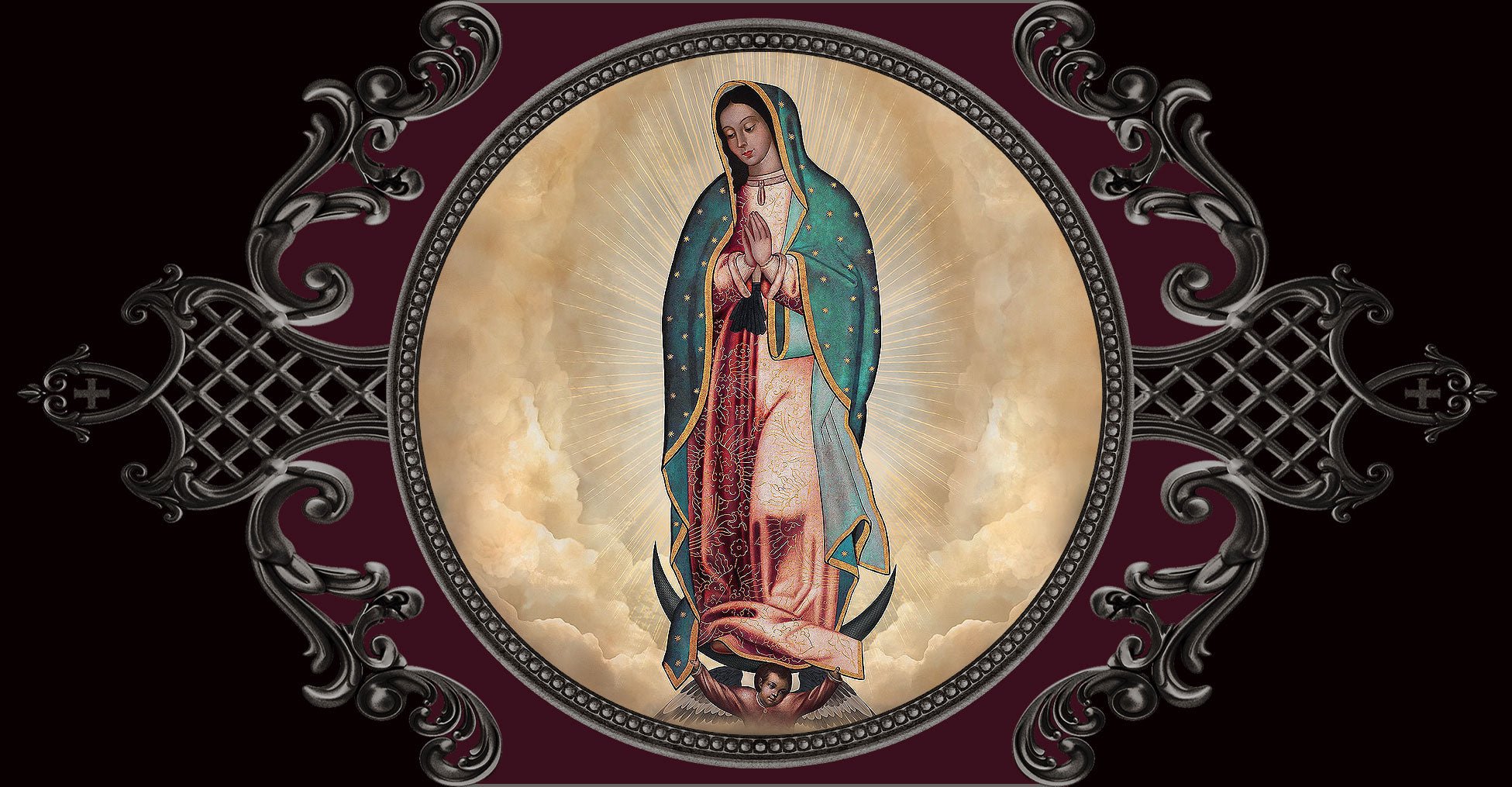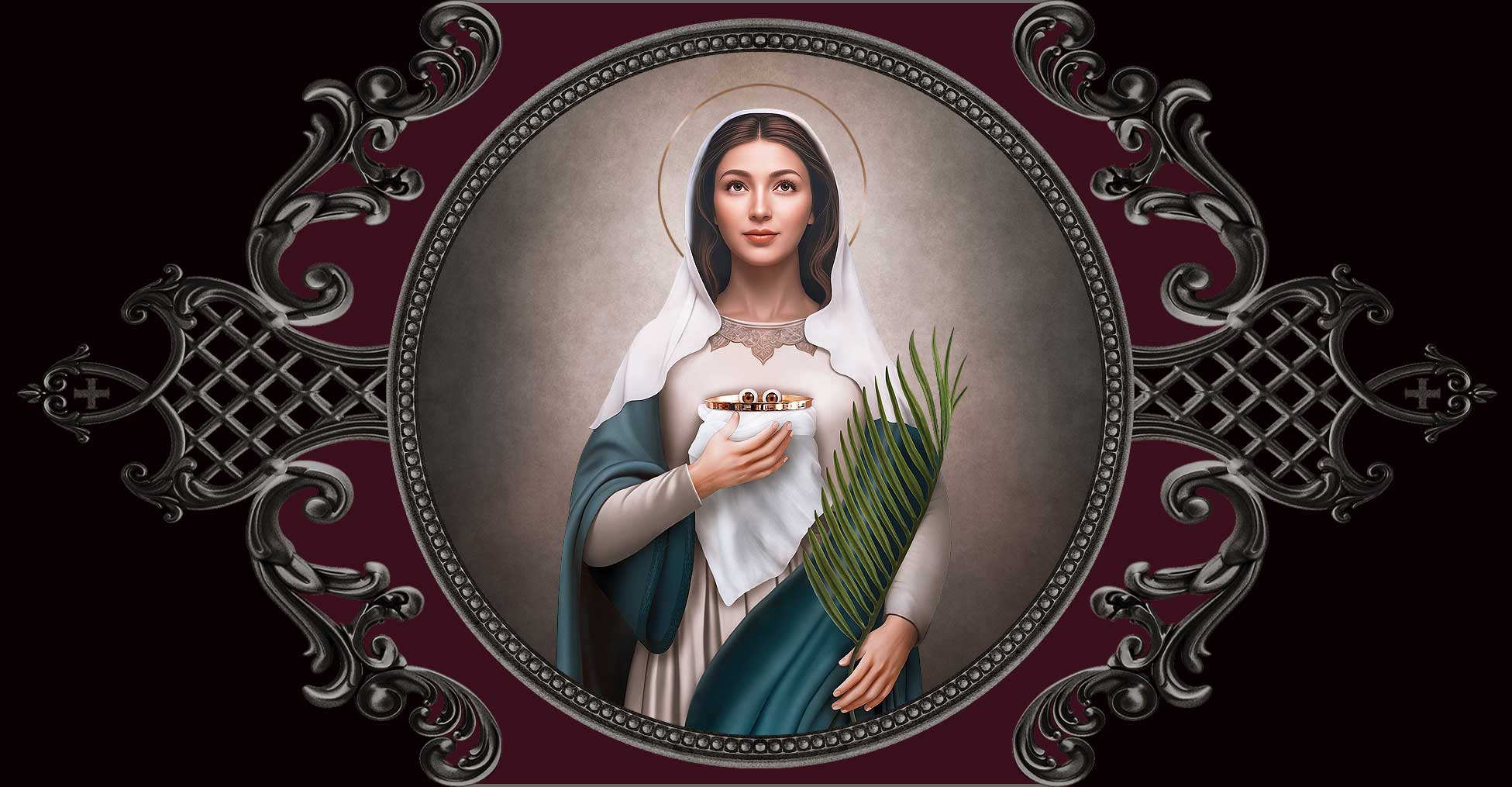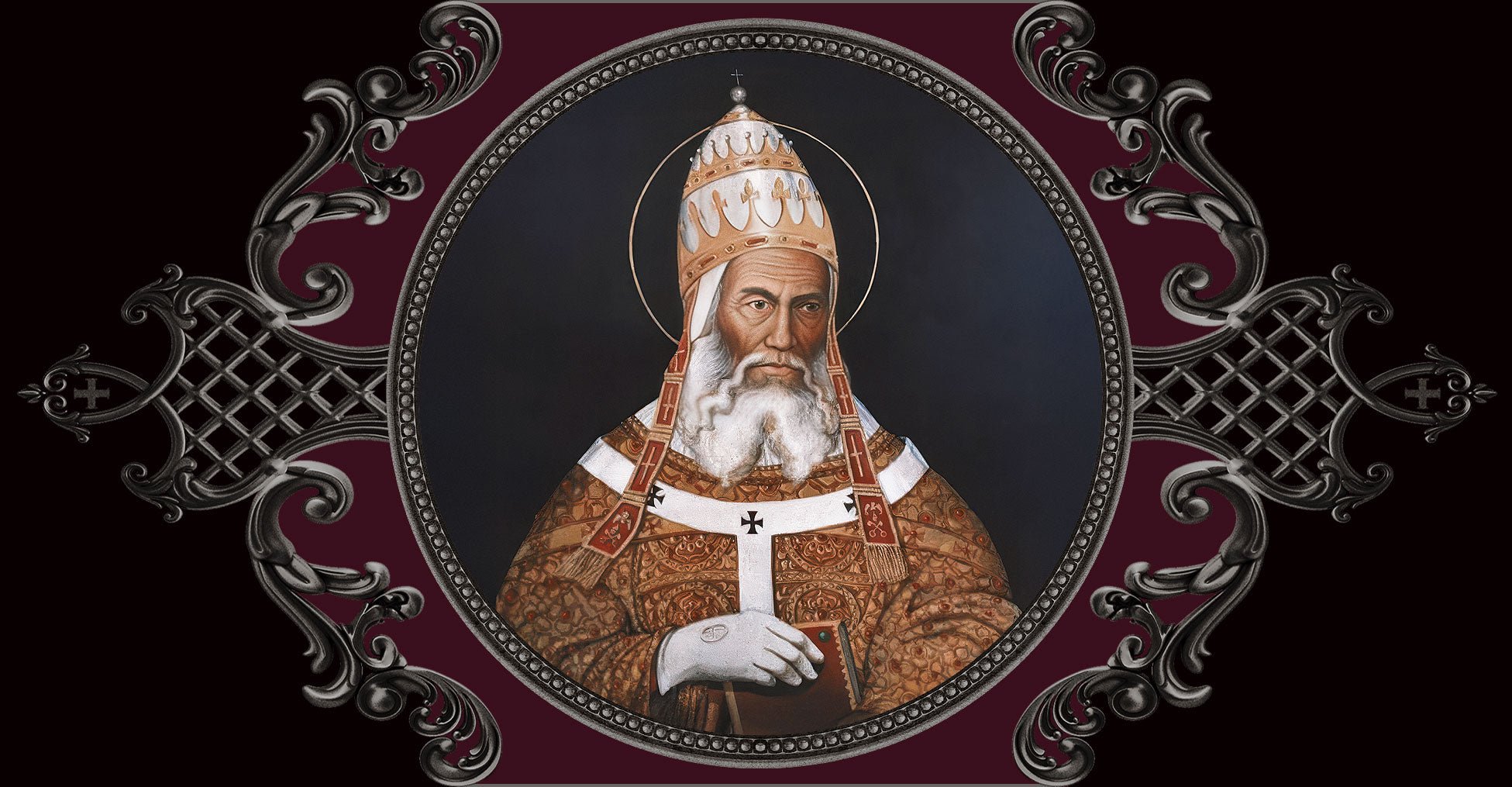
December 12 + Our Lady of Guadalupe
On December 9, 1531, a poor 57-year-old Catholic convert named Juan Diego, was walking near Tepayac Hill (a borough of Mexico City) on his way to Mass to celebrate the Immaculate Conception, when he encountered a woman surrounded by a ball of light as bright as the sun.
Speaking in his native tongue, the beautiful lady who looked like an Aztec Princess identified herself: "My dear little son, I love you. I desire you to know who I am. I am the ever-virgin Mary, Mother of the true God who gives life and maintains its existence. He created all things. He is in all places. He is Lord of Heaven and Earth. I desire a church in this place where your people may experience my compassion. Here I will see their tears; I will console them and they will be at peace. So run now to Tenochtitlan and tell the Bishop all that you have seen and heard."
Juan, who had never been to Tenochtitlan, nonetheless immediately responded to Mary's request. He went to the palace of the Bishop Fray Juan de Zumarraga (born in Spain) and requested a meeting. The bishop's servants, who were suspicious of the rural peasant, kept him waiting for hours. The skeptical bishop told Juan that he would consider the request of the Lady. Juan was disappointed by the bishop's response and felt himself unworthy to persuade someone as important as a bishop. He returned to the hill where he had first met Mary and found her there waiting for him.
Imploring her to send someone else, she responded: "My little son, there are many I could send. But you are the one I have chosen." She then told him to return the next day to the bishop and repeat the request.
On Sunday, after again waiting for hours, Juan met with the bishop who, on re-hearing his story, asked him to ask the Lady to provide a sign as a proof of who she was. Juan dutifully returned to the hill and told Mary, who was again waiting for him there, of the bishop's request. Mary responded: "My little son, am I not your Mother? Do not fear. The Bishop shall have his sign. Come back to this place tomorrow."
Unfortunately, Juan was not able to return to the hill the next day. His uncle had become mortally ill and Juan stayed with him to care for him. After two days, with his uncle near death, Juan left his side to find a priest.
Juan had to pass Tepayac Hill to get to the priest. As he was passing, he found Mary waiting for him. She spoke: "Do not be distressed, my littlest son. Am I not here with you who am your Mother? Are you not under my shadow and protection? Your uncle will not die at this time. There is no reason for you to engage a priest, for his health is restored at this moment. He is quite well. Go to the top of the hill and cut the flowers that are growing there. Bring them then to me."
Even though it was winter and freezing on the hillside, Juan obeyed Mary's instructions and went to the top of the hill where he found a full bloom of Castilian roses (commonly found in Spain but not found in Mexico). Removing his tilma, a poncho-like cape made of cactus fiber, he cut the roses and carried them back to Mary.
She rearranged the roses in his tilma and told him: "My little son, this is the sign I am sending to the Bishop. Tell him that with this sign I request his greatest efforts to complete the church I desire in this place. Show these flowers to no one else but the Bishop. You are my trusted ambassador. This time the Bishop will believe all you tell him."
At the palace, Juan once again came before the bishop and several of his advisors. He told the bishop his story and opened the tilma letting the flowers fall out. But it wasn't the beautiful roses that caused the bishop and his advisors to fall to their knees; for there, on the tilma, was a picture of the Blessed Virgin Mary precisely as Juan had described her.
The next day, after showing the Tilma at the Cathedral, Juan took the bishop to the spot where he first met Mary. He then returned to his village where he met his uncle who was completely cured. His uncle told him he had met a young woman, surrounded by a soft light, who told him that she had just sent his nephew to Tenochtitlan with a picture of herself. She told his uncle: "Call me and call my image Santa Maria de Guadalupe.”
It's believed that the word Guadalupe was actually a Spanish mis-translation of the local Aztec dialect. The word that Mary probably used was Coatlallope which means "one who steps on snakes.” Within six years of this apparition, six million Aztecs had converted to Catholicism.
The tilma shows Mary as the God-bearer — she is pregnant with her Divine Son. Since the time the tilma was first impressed with a picture of the Mother of God, it has been subject to a variety of environmental hazards including smoke from fires and candles, water from floods and torrential downpours and, in 1921, a bomb which was planted by anti-clerical forces on an altar under it. There was also a cast-iron cross next to the tilma and when the bomb exploded, the cross was twisted out of shape, the marble altar rail was heavily damaged but the tilma was untouched.
Science cannot explain the tilma to this day.
There is no under sketch, no sizing and no protective over-varnish on the image. Microscopic examination revealed that there were no brush strokes. The image seems to increase in size and change colors due to an unknown property of the surface and substance of which it is made. Several images can be seen reflected in the eyes of the Virgin. It is believed to be the images of Juan Diego, Bishop Juan de Zummaraga, Juan Gonzales (the interpreter) and others. The stars on Our Lady's Mantle coincide with the constellation in the sky on December 12, 1531. All who have scientifically examined the image of Our Lady over the centuries profess that its properties are absolutely unique and so inexplicable in human terms that the image can only be supernatural. The tilma also consistently and inexplicably stays at a 98.6 degree temperature … the average temperature of a human body.
The tilma is housed in the Basilica of Our Lady of Guadalupe which is situated on the very same hill on which Our Lady appeared.
+ + + + + +
See the Our Lady of Guadalupe Collection



Leave a comment
This site is protected by hCaptcha and the hCaptcha Privacy Policy and Terms of Service apply.